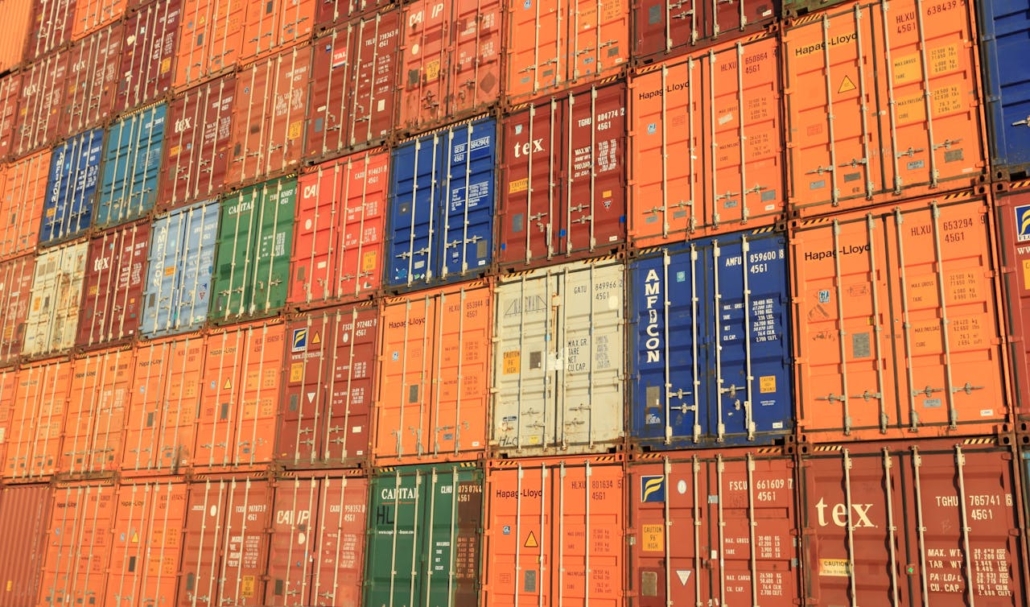Building Strong Partnerships The Key to Long-Term Distribution Success

In today’s rapidly evolving market, success in product distribution goes far beyond logistics and inventory. The most successful companies — from global suppliers to small distributors — are those that build strong, lasting partnerships. In an era of automation and e-commerce, collaboration and relationship-building have become just as valuable as efficiency and speed.
At Watt Wise LLC, we believe effective partnerships are the foundation for sustainable growth in the distribution industry. Here’s how and why long-term collaboration is reshaping the way businesses operate.
The Shift from Transactional to Strategic Relationships
Traditionally, distributors and suppliers viewed each other in transactional terms — focused mainly on price, quantity, and delivery times. But as supply chains become more complex, the emphasis has shifted toward strategic partnerships.
Strategic relationships encourage:
- Shared forecasting and inventory planning
- Better communication and transparency
- Co-investment in marketing and product development
When both sides treat the relationship as a shared growth opportunity, the partnership becomes a competitive advantage rather than a mere vendor agreement.
The Importance of Trust and Transparency
Trust is the currency of modern distribution. Without it, even the best logistics systems fall apart.
A distributor who shares accurate sales data helps suppliers plan production more efficiently. Similarly, suppliers who communicate lead time or pricing changes early help distributors manage expectations with customers.
Transparency reduces surprises — and strengthens reliability, which is what every customer values most.
💡 Pro Tip: Regularly scheduled performance reviews and shared KPI dashboards can help both sides stay accountable and aligned.
Leveraging Technology for Collaboration
Technology now plays a crucial role in maintaining partnership efficiency. Cloud-based systems allow suppliers and distributors to share data in real time — from order tracking to demand forecasts.
Some of the most effective tools for improving collaboration include:
- ERP and CRM integration to sync sales and inventory data
- AI-driven analytics for better demand planning
- Automated communication platforms for streamlined coordination
These tools don’t replace relationships — they enhance them by eliminating miscommunication and delays.
Shared Marketing and Brand Growth
A modern partnership goes beyond the warehouse. Distributors and suppliers increasingly collaborate on co-branded marketing, product education, and online visibility.
Whether it’s a joint product launch, sponsored training, or shared Amazon FBA strategy, both parties gain stronger exposure and brand recognition.
By working together, distributors help build the supplier’s reputation, while suppliers help drive traffic and credibility to the distributor’s network. Everyone wins.
Preparing for Future Challenges
The next decade will test every supply chain — from raw material sourcing to last-mile delivery. Successful distribution partnerships will be defined by:
- Adaptability: responding quickly to market and policy changes
- Sustainability: focusing on efficiency, recycling, and eco-friendly practices
- Resilience: building redundancy into supplier networks
Businesses that foster open communication and invest in technology will be best equipped to adapt and thrive.
Distribution success is no longer just about moving products — it’s about building relationships that move the industry forward.
By prioritizing collaboration, transparency, and shared goals, suppliers and distributors can unlock new levels of growth and reliability.
At Watt Wise LLC, we continue to explore and share strategies that strengthen partnerships, improve logistics, and drive sustainable business performance.

